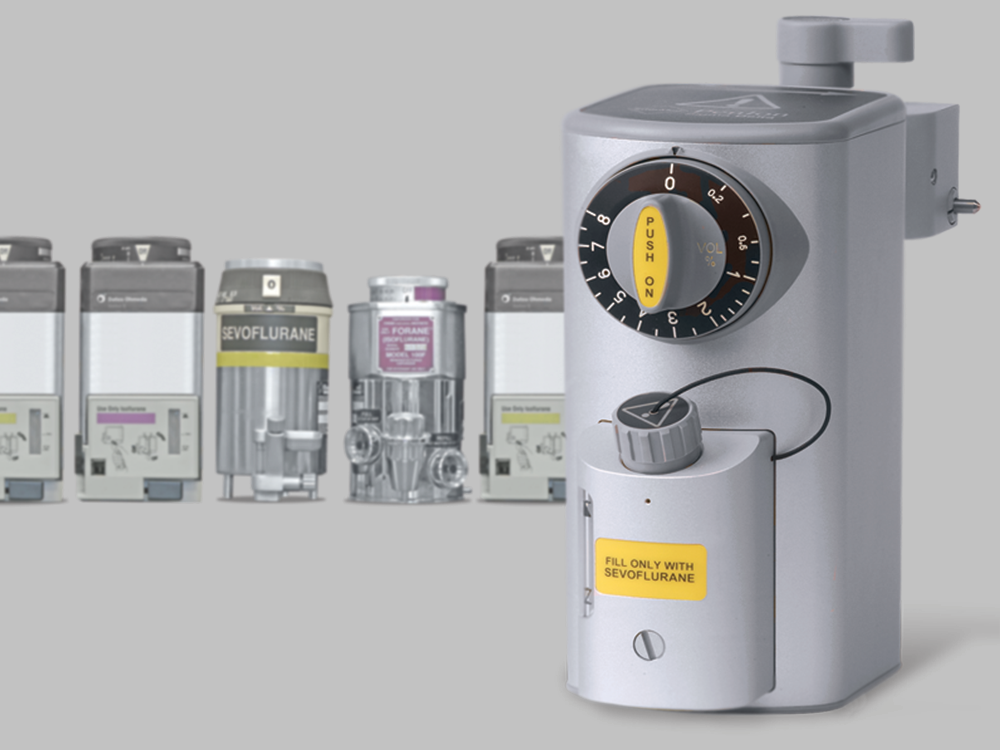Increase the Life of Your Vaporizer with Regularly Scheduled Cleaning & Calibration Services
April 2, 2025

Anesthesia vaporizers require regular maintenance to function at industry safety and performance standards. Vaporizers that aren’t serviced regularly may not deliver the correct concentration of anesthetic agent, and they can possibly cause harm to your or your patients.
To keep your anesthesia vaporizer in good working condition, manufacturers recommend scheduling vaporizer cleaning and calibration on a regular basis — usually every one to three years with regular use.
Choosing A Reliable Anesthetic Vaporizer Servicing Company
When looking for companies to complete your vaporizer maintenance, it’s important to find a service provider that has the appropriate expertise and documentation protocols to keep your equipment and your facility protected.
Make sure that whichever company you choose fully disassembles your vaporizer and performs a complete cleaning process. They should also check and replace the wicks, sight glass, O-rings and knobs.
After the unit is cleaned and assessed, your servicing company should hook up your vaporizer to a monitor and a gas analyzer to measure volume percentage from the beginning, middle, and end. This allows the biomedical technician to adjust the vaporizer until all of the settings provide accurate and precise outputs.
Each time your vaporizer is serviced, the company should also provide you with the following documentation:
- Date of last service
- Date of the validation test
- Initials of the person who performed the test
- Test results
- Certificate of calibration date
- Documentation of service
Maintaining Your Vaporizer Between Routine Calibrations
While scheduling routine anesthesia vaporizer maintenance is the best way to ensure your equipment is in working order, it’s also important to practice good vaporizer handling procedures in your facility.
Storing Your Anesthesia Vaporizer
When an anesthetic vaporizer at your facility isn’t in use, store it upright in a climate controlled environment. This is the best way to ensure that the vaporizer will stay in peak condition, ready to use when you need it.
If your vaporizer hasn’t been used in a while, biomedical technicians suggest filling the vaporizer with anesthetic agent and letting the unit sit before use. Allowing the anesthetic agent to rest in the vaporizer helps to ensure the wick is saturated, as the wick can sometimes dry out during storage for extended periods.
Troubleshoot Your Vaporizer in the Field
The biggest indicator that an anesthetic vaporizer isn’t functioning correctly is an abnormal patient response. If a patient is regaining consciousness at unexpected times, or you are using more anesthetic agent than normal, there is a good chance that your vaporizer is to blame.
To determine if your vaporizer is leaking, biomedical technicians recommend performing a leak check with the vaporizer on. First, get your system pressurized so it delivers stable readings. Then, turn on your vaporizer. If the pressure drops a few cmH2O when you turn it on, but then stabilizes and holds, then your vaporizer is most likely fine.
If you turn on your vaporizer and the pressure drops significantly and will not hold pressure, then your vaporizer probably needs servicing. A large pressure drop might also indicate that the O-rings on the vaporizer block might need to be replaced.
As a preventive measure against leaks and other malfunctions, it’s important to make sure that your anesthesia vaporizer is kept free of hair, dust, and other particulates. Debris blockages can be common in older-style pour-fill vaporizers, and can eventually clog and disrupt the vaporizer function.